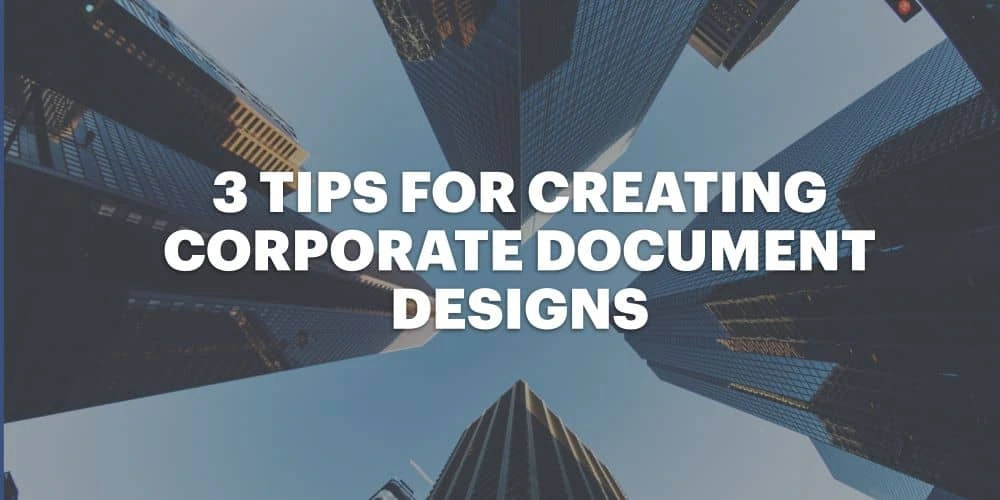When it comes to design in communications, there are generally two types of artwork: design driven by narrative or design driven by information and data. The former relies more on conveying meaning and subtle messages through nuanced design, whereas the other relies on turning potentially incredibly complex or technical data into something that is much easier to digest for the average person.
Related: 7 guidelines for managing client expectations
Given the nature of corporate design, it will normally be brands who are requesting this type of work. These can be big money clients, so it’s important to make sure that you’re giving your client what they need. With that said, here are some tips to make sure your corporate designs hit the mark.
Know the brand inside-out
Unless you’ve had the fortune of pulling together the branding guidelines yourself, chances are you’re going to be unfamiliar with the brand. You need to spend time getting to know its identity. If there isn’t a set of guidelines anywhere, there are generally two things you can do:
Speak with your contact at the company.
Whoever has commissioned you to do this design work will most likely be willing to talk with you for 20 minutes or so and answer any questions you might have.
Put yourself in the position of their audience.
Have a look at their social media channels, watch the videos they’ve released, read through their website, and make sure you jot down notes about what messages you are getting from these. Mention these to your contact at the brand and check to see if that’s the message they want to portray.
“Peruse their back catalogue of materials in your spare time. It will help you know where the company has been, which will help inform you where it should be going. There have been countless times when I thought I came up with a great idea only to find out that we already tried it ten years ago.”
Aperitif5Destruction, via Reddit
Have the confidence to say no
Remember that, in any client relationship, you are the designer. They aren’t just paying for your time to deliver a service; they are paying for your skills, your experience and your influence. If the client gets back with some suggested changes that don’t fit in with the brand, you need the confidence to explain why their idea might not fit their guidelines.
“[As designers] our job is to educate clients on why we make the decisions we do, based on precedent, legibility and/or function. If a client is telling us how to design, they’re probably not a client worth having.”
Jesse Reed, via FastCodeDesign
Know the difference between internal & external communication
I spoke with my friend Neil who works in-house for a global technology recruiter and asked for his advice. He made a great point about the importance of separating design for internal use and for external use, and considering separating flagship publications from the brand.
“What we’re saying is ‘this is a great piece of marketing that you’re going to want to read,’ a lot of great stats, a lot of great information, and it’s presented in a way where it looks different, but it’s still within the branding guidelines, and it’s still within the context of FRG Technology Consulting (formerly known as Pearson Frank). And that’s the same with all of the salary surveys; they look different visually, but the context of which they’re promoted, of which they’re delivered, is within the brand.”
Neil Robinson
Key takeaways
Great corporate design doesn’t have to be difficult. Know the brand better than anyone else, put yourself in the position of the audience, have the confidence to defend your design rationale, and know the difference between designing for internal communications versus external. Follow that advice, and you will be delighting clients with your designs.



